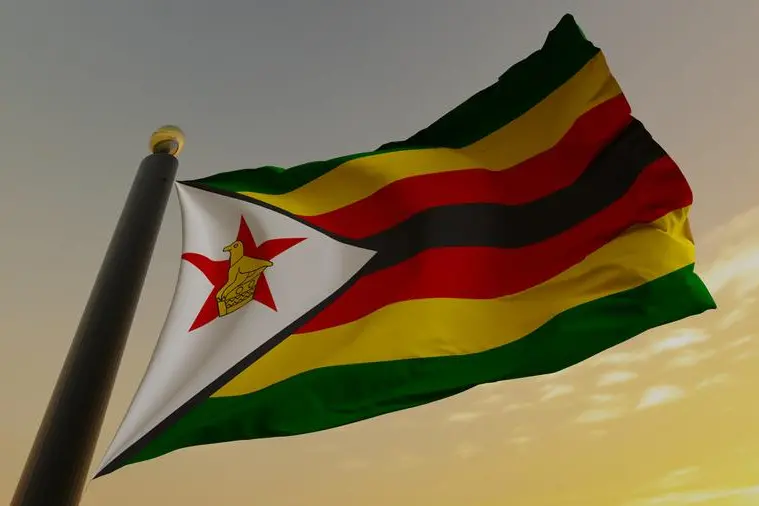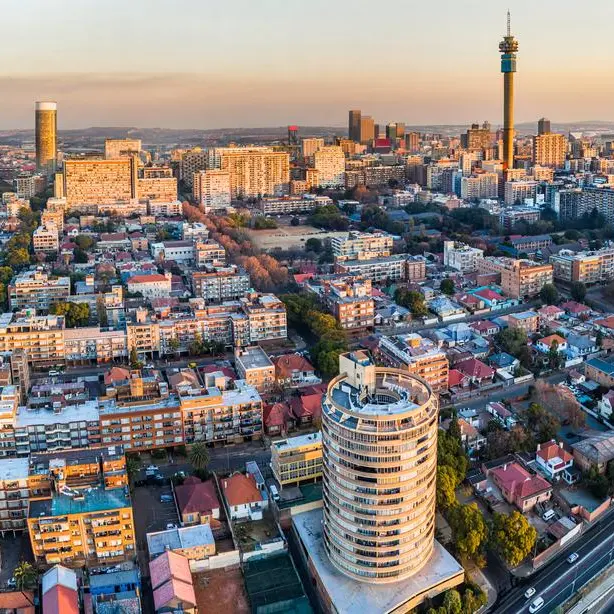PHOTO
The President published a proclamation setting out the final delimitation report produced by the Zimbabwe Election Commission [ZEC]. The proclamation is Proclamation 1 of 2023 and it can be accessed on the Veritas website [link].
We shall be analysing the Proclamation in due course, but here are our preliminary thoughts on it:
Delay in publication?
On the 3rd February, the chairperson of ZEC presented what she said was her Commission’s final delimitation report to the President. Government spokespersons later denied it was the final report, claiming it was only a draft.
If the report was indeed the final report then the President had 14 days in which to publish the ward and constituency boundaries shown in the report (section 161(11) of the Constitution). That 14-day period expired last Friday, the 17th February, which means the President’s proclamation was late. On the other hand the proclamation itself says the President received the final delimitation report on the 17th February, and if that is so the proclamation was published well within the constitutional time-limit.
It is curious however that no publicity was given to the handing over of the final report, after the fanfare surrounding the handing over of the “draft final report”; curious too that the President should have received the report, while according to the Herald, he was in Addis Ababa
Description of boundaries
According to section 161(11) of the Constitution, after receiving ZEC’s final report:
“the President must publish a proclamation in the Gazette declaring the names and boundaries of the wards and constituencies as finally determined by the Commission.”
As we said at the beginning of this bulletin, the proclamation reproduces ZEC’s final delimitation report, which declares the names of wards and constituencies – but does it declare their boundaries? In the proclamation, and also in the report, wards are described thus (we use Ward 1 of Chitungwiza Municipality as an example):
“1. Ward 1: 6 327 Registered voters
This ward has a total of 6 327 registered voters. It is made up of the following polling areas: 6301CHIT0101, 6301CHIT0102, 6301CHIT0103, 6301CHIT0104, 6301CHIT0105, 6301CHIT0106, 6301CHIT0107 and 6301CHIT0108.”
Unless one knows what these “polling areas” are, one cannot work out the ward’s boundaries.
Similarly, constituencies are described as follows (we use Budiriro North as a representative example:
“1. BUDIRIRO NORTH: 32 991 Registered Voters
The constituency has 32 991 registered voters. It is made up of wards 34 and 43 of Harare Municipality.”
[then follows a list of the number of voters in each ward]
Since there is no proper description of the ward boundaries it is impossible to work out the boundaries of the constituency.
Section 161(11) requires the President to “declare” the boundaries of wards and constituencies, not describe them, but without some descriptions what use is the proclamation?
Fatal flaw retained
In our Election Watch 2/2023 of the 9th January [link], we pointed out that in the preliminary delimitation report ZEC had used an incorrect formula to calculate the permissible variations in voter numbers between constituencies and wards. Instead of allowing a maximum 20 per cent variation as laid down in section 161(6) of the Constitution, ZEC’s formula allowed variations of up to 40 per cent. It seems from pages ix to xii of the proclamation that ZEC has continued to use this formula for its final delimitation.
If that is so, then the delimitation is unconstitutional.
Date of the general election
If the new delimitation is to be used for the mid-year general election, then – according to section 161(2) of the Constitution – polling day in the election will have to be no earlier than the 20th August, i.e. six months after publication of the proclamation. Since the latest date on which an election must be held is the 26th August, that does not give ZEC or the President much leeway.
© Copyright The Zimbabwean. All rights reserved. Provided by SyndiGate Media Inc. (Syndigate.info).





















